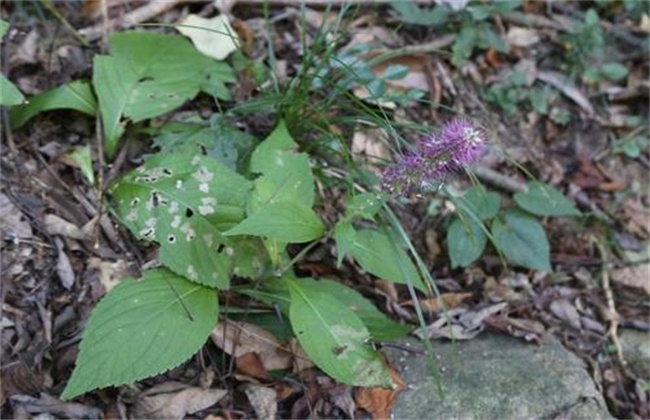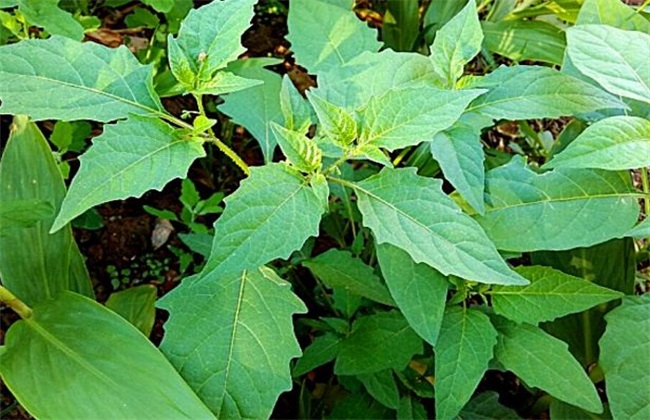Causes of dryness of Radix scrophulariae and its control methods
Radix scrophulariae has been cultivated in many areas because of its low planting cost, simple management, watering of diseases and insect pests and economic value temperature. But recently, many growers have said that their Scrophulariae has dried up, so what is the reason for this? How to solve it effectively? Come and have a look with the editor.

First, the reason for the dryness of Radix scrophulariae
First of all, the leaves withered and planted, and then the whole plant dried up, the leaves and stems turned black, and the roots of the plant were removed, and no obvious disease characteristics were found. There are no disease characteristics of root rot, white cucumber disease and leaf blight at all, so the harm of bacteria is basically excluded, so we can only find the cause from the physiological disease. Through observation, it is found that the soil and sandy land planted in this area, and the sparse area in the field is prone to disease, and the relatively dense plants grow normally, so it can be found that the dry death of Radix scrophulariae is not caused by the disease, but by the weather factors of high temperature and drought.
II. Prevention and control methods
1. Prevention in advance
The ability of water and fertilizer conservation of sandy land is poor. When planting traditional Chinese medicine such as Radix scrophulariae, we must apply more organic fertilizer to increase the content of organic matter in the soil. In dry years, we can sprinkle some broken wheat straw between the ridges, which can prevent soil water loss and play an excellent ability to conserve water and fertilizer, especially sandy land, which should be prepared in advance.
2. Scientific irrigation
In the high temperature season, if you encounter a dry climate, you should be irrigated in time, because this is the most critical period for the growth of all kinds of crops, and the lack of moisture nourishment is bound to cause the loss of yield. As for sandy land, drip irrigation or sprinkler irrigation is recommended, which can replenish water for a small number of times, but if it is traditional flooding irrigation, it is not only labor-consuming and fertile water, but also the loss and evaporation of books is faster, and the effect of soil moisture conservation is poor.
3. Chemicals
Although it is caused by high temperature and drought, in order to improve the ability of Radix scrophulariae to resist drought, it is suggested that medicine farmers can spray some regulators such as brassinolide, indolebutyric acid, compound nitrophenol sodium, amine ester and so on. use any of its regulators with humic acid foliar fertilizer. This can not only promote the root system of Radix scrophulariae, improve the ability of plants to resist bad weather, but also regulate leaf transpiration after spraying with humic acid foliar fertilizer, combined with irrigation. it plays a decisive role in safe passage of high temperature and dry climate.
The above is the reasons for the dryness of Radix scrophulariae and the introduction of control methods, hope to help you, want to know more related knowledge, please pay attention to us.
Related
- Fuxing push coffee new agricultural production and marketing class: lack of small-scale processing plants
- Jujube rice field leisure farm deep ploughing Yilan for five years to create a space for organic food and play
- Nongyu Farm-A trial of organic papaya for brave women with advanced technology
- Four points for attention in the prevention and control of diseases and insect pests of edible fungi
- How to add nutrient solution to Edible Fungi
- Is there any good way to control edible fungus mites?
- Open Inoculation Technology of Edible Fungi
- Is there any clever way to use fertilizer for edible fungus in winter?
- What agents are used to kill the pathogens of edible fungi in the mushroom shed?
- Rapid drying of Edible Fungi



